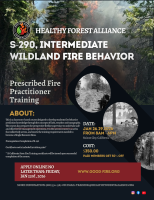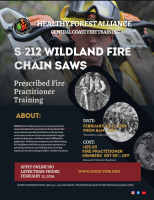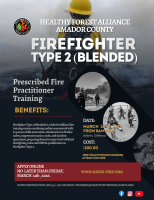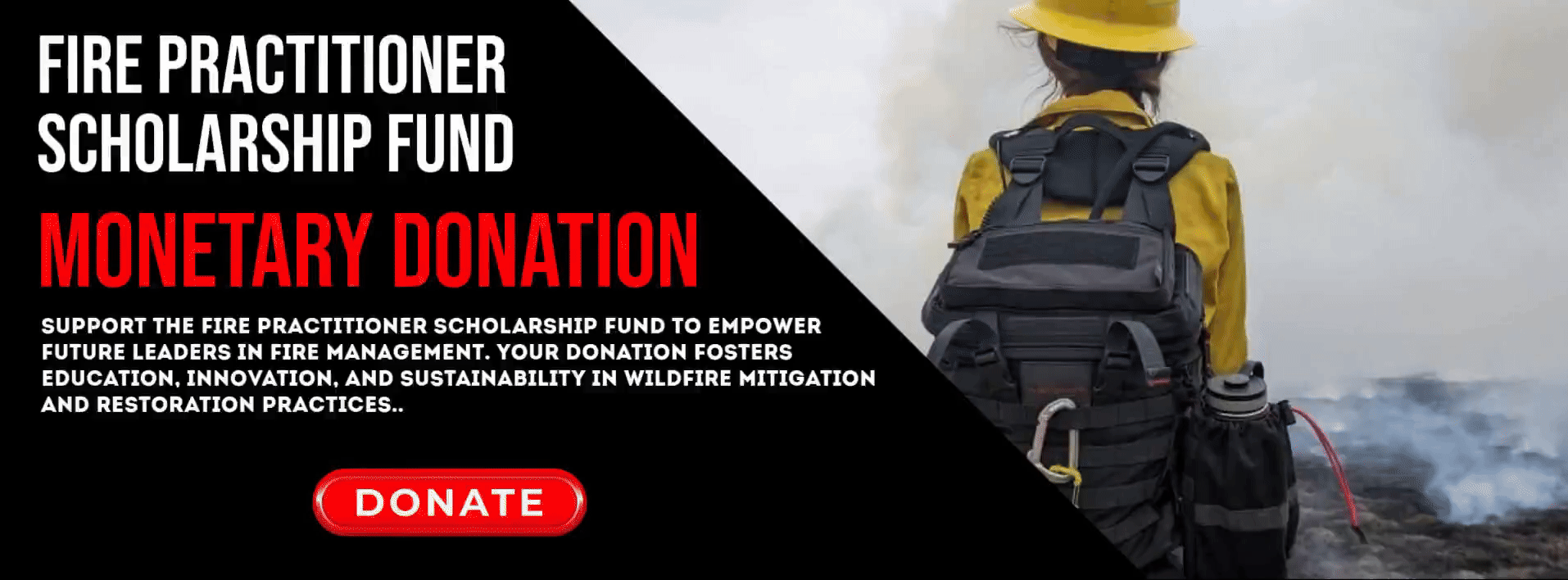"Empowering Excellence, Uniting Expertise: Igniting Tomorrow's Fire Practitioners"
S-212 WILDLAND FIRE CHAIN SAWS
TRAINING PROGRAM:
COURSE DESCRIPTION:
Wildland Fire Chainsaws, S-212, is an instructor-led course intended to be presented at the local level. The course lessons provide introduction to the function, maintenance and use of internal combustion engine powered chainsaws, and their tactical wildland fire application. Field exercises support entry level training for firefighters with little or no previous experience in operating a chainsaw, providing hands-on cutting experience in surroundings similar to fireline situations.
TARGET GROUP:
Wildland Fire Chain Saws, S-212, is a required National Wildfire Coordinating Group (NWCG) training course for individuals desiring to be qualified as a Basic Faller (FAL3) in the National Interagency Incident Management System: Wildland Fire Qualification System Guide,PMS 310-1. It is a suggested course for individuals desiring to be qualified as a Firefighter Type 1 (FFT1), Incident Commander Type 5 (ICT5), or Felling Boss, Single Resource (FELB) in the National Interagency Incident Management System: Wildland Fire Qualification System Guide, PMS 310-1.
PREREQUISITES:
Watch the following video and be prepared to discuss in class.
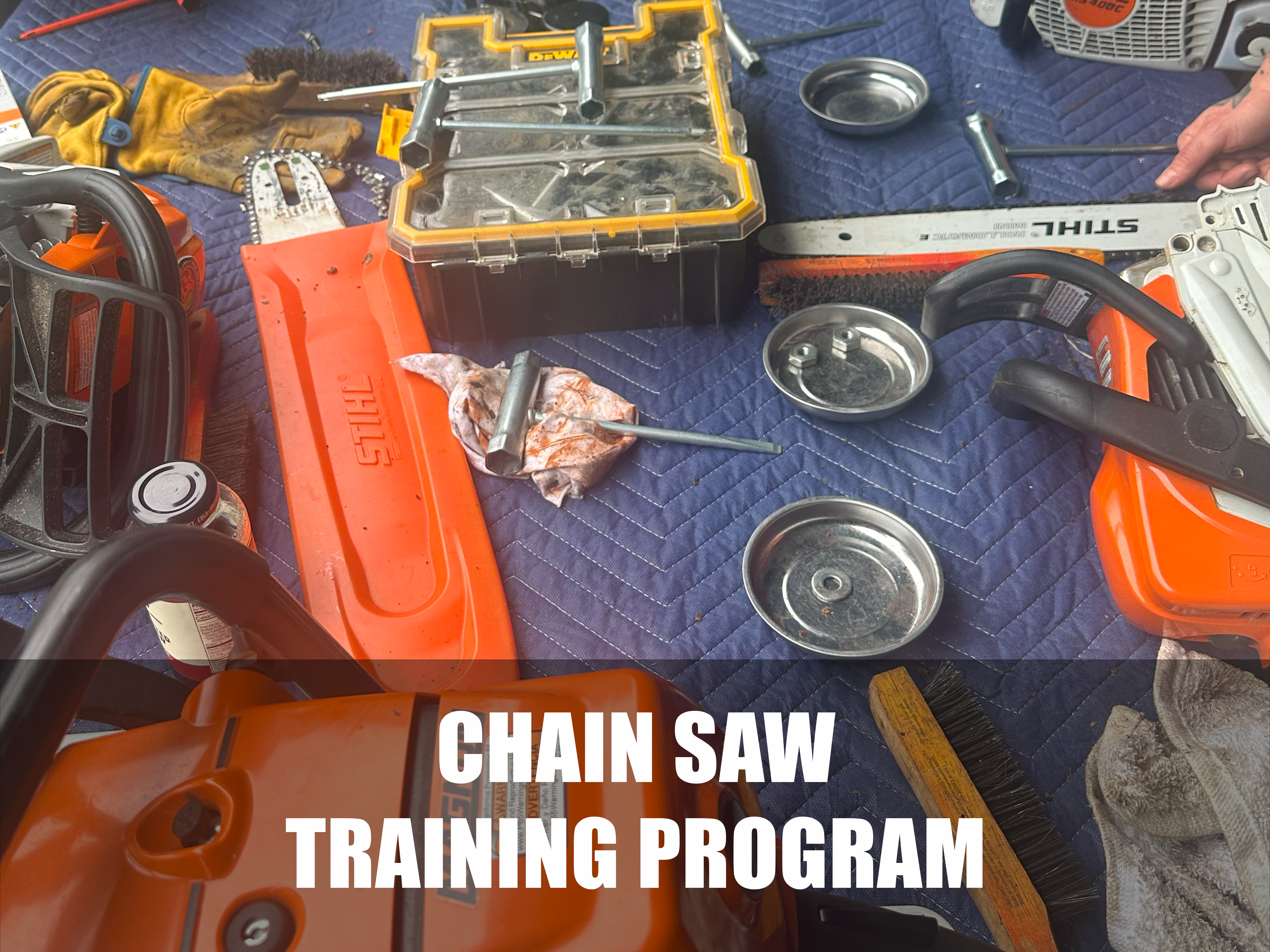
Certification level:
INTERMEDIATE FALLER" FAL2
The Intermediate Faller (FAL2) has demonstrated the proficiency to work unsupervised while engaging in moderate complexity fireline saw operations, including tree felling, bucking, brushing, and limbing.
Required Training
- RT-130, Wildland Fire Safety Training Annual Refresher (WFSTAR)
Required Experience
- Satisfactory performance as a Basic Faller (FAL3)
- Completion and Certification of NWCG Intermediate Faller (FAL2) Position Task Book
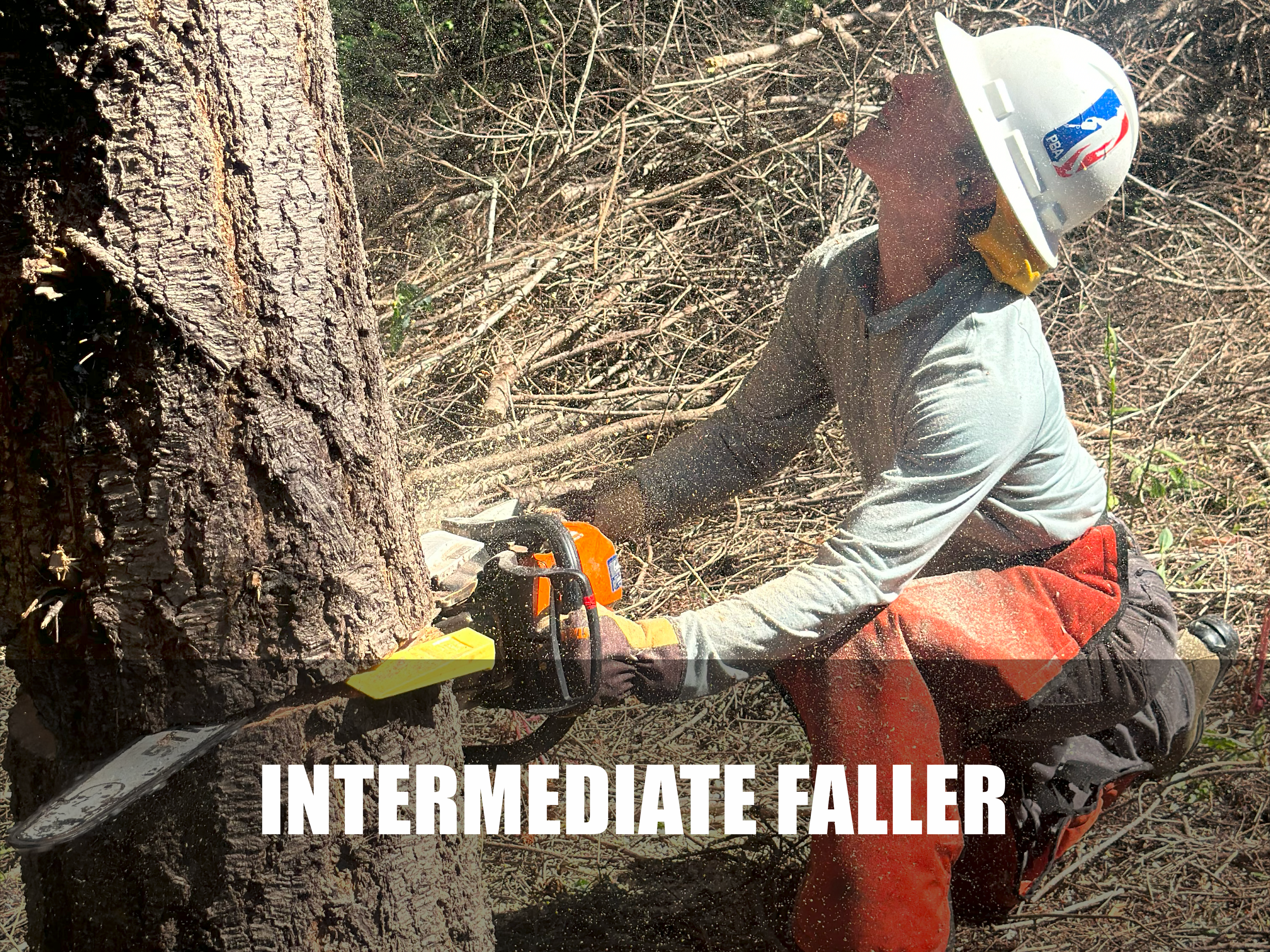
STUDENTS MUST BRING THE FOLLOWING TO CLASS:
REQUIRED MATERIALS FOR THE COURSE
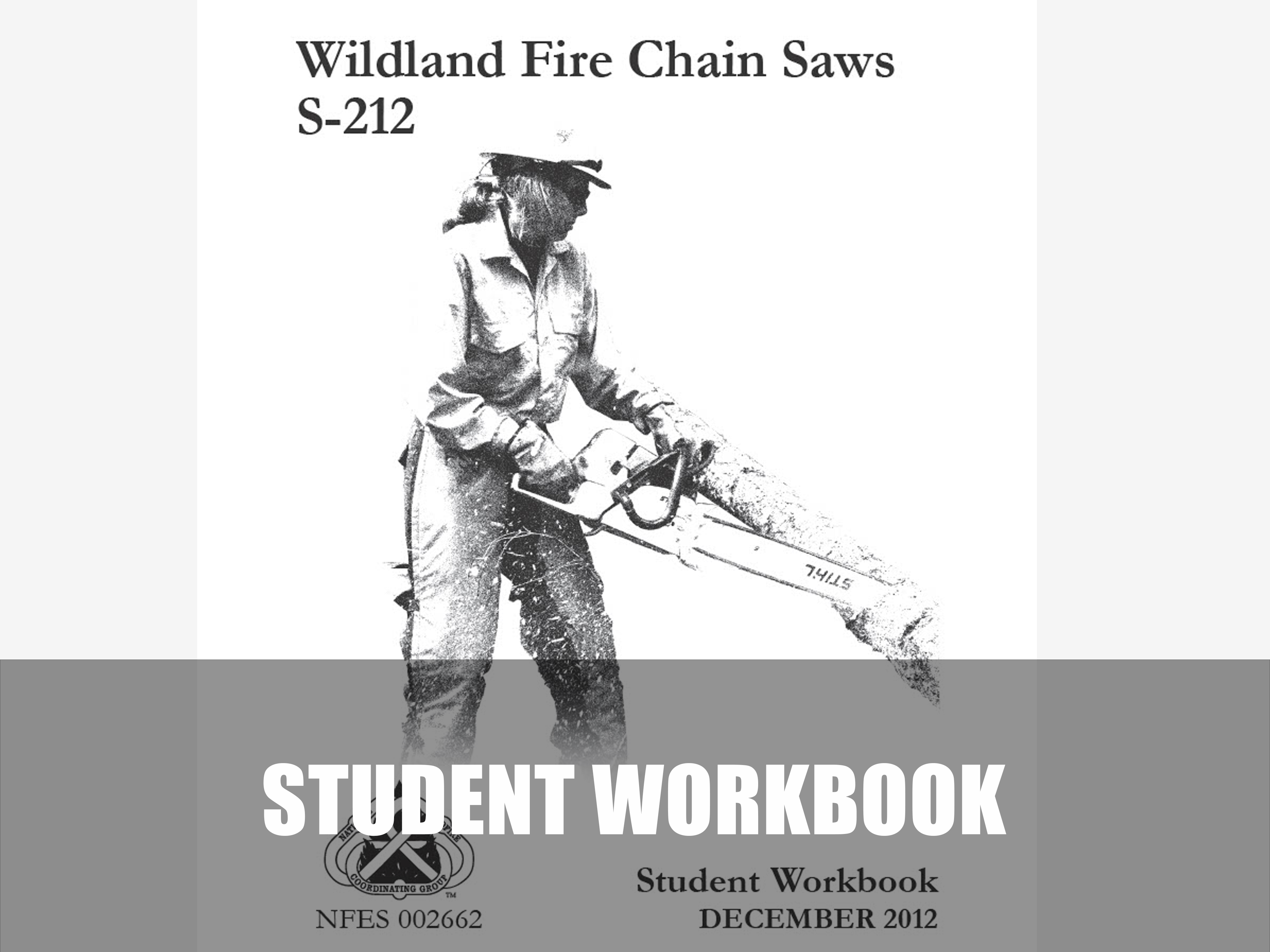
S-212 Student Workbook
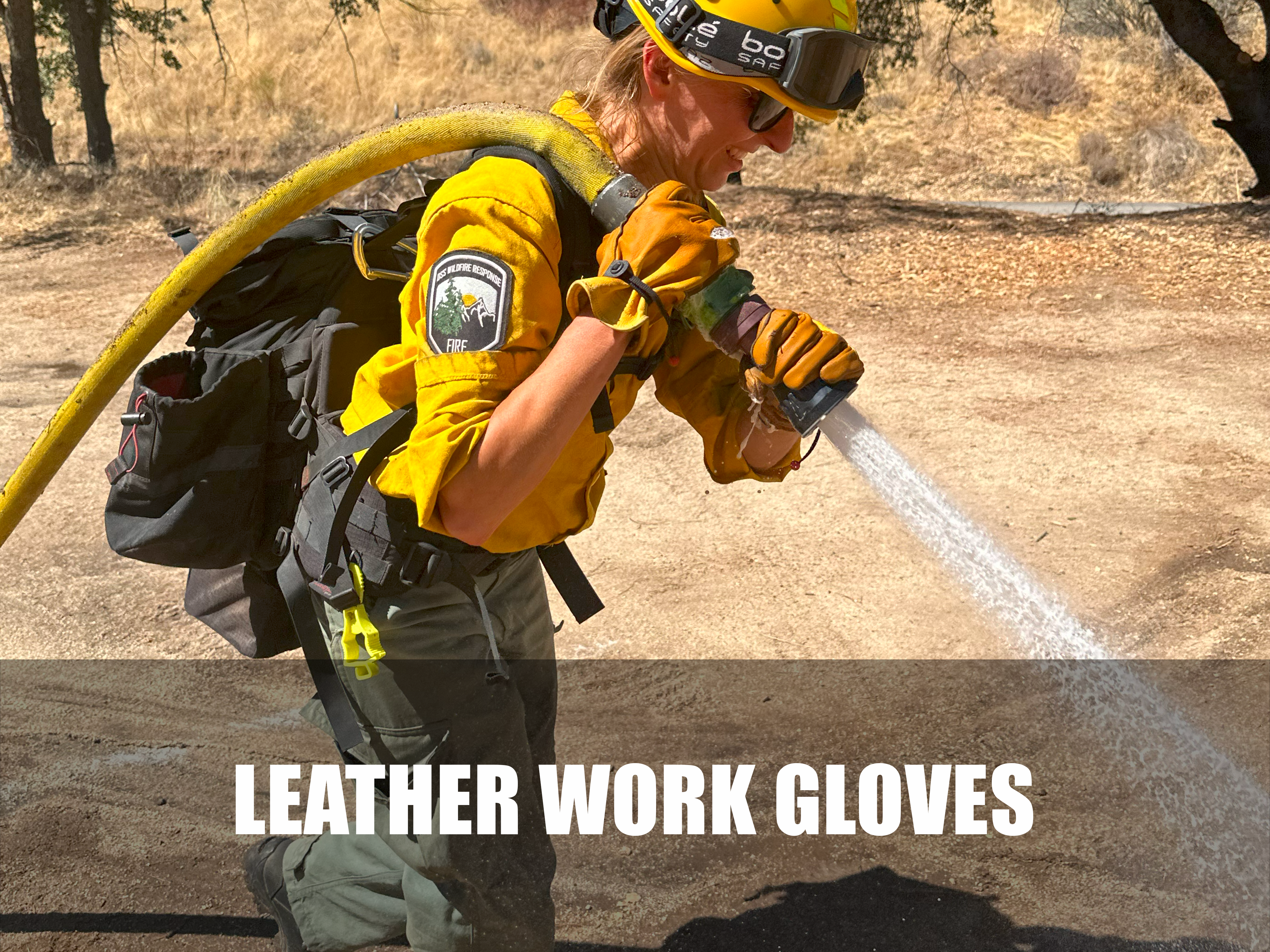
LEATHER GOVES
Gloves that are slip-resistant and appropriate for the weather conditions.

Approved Safety Glasses
Wrap-around eye protection (safety glasses or shield).

Hearing protection
Hearing protection (earplugs or muffs) with NRR (Noise Reduction Rating) of 20 or more.
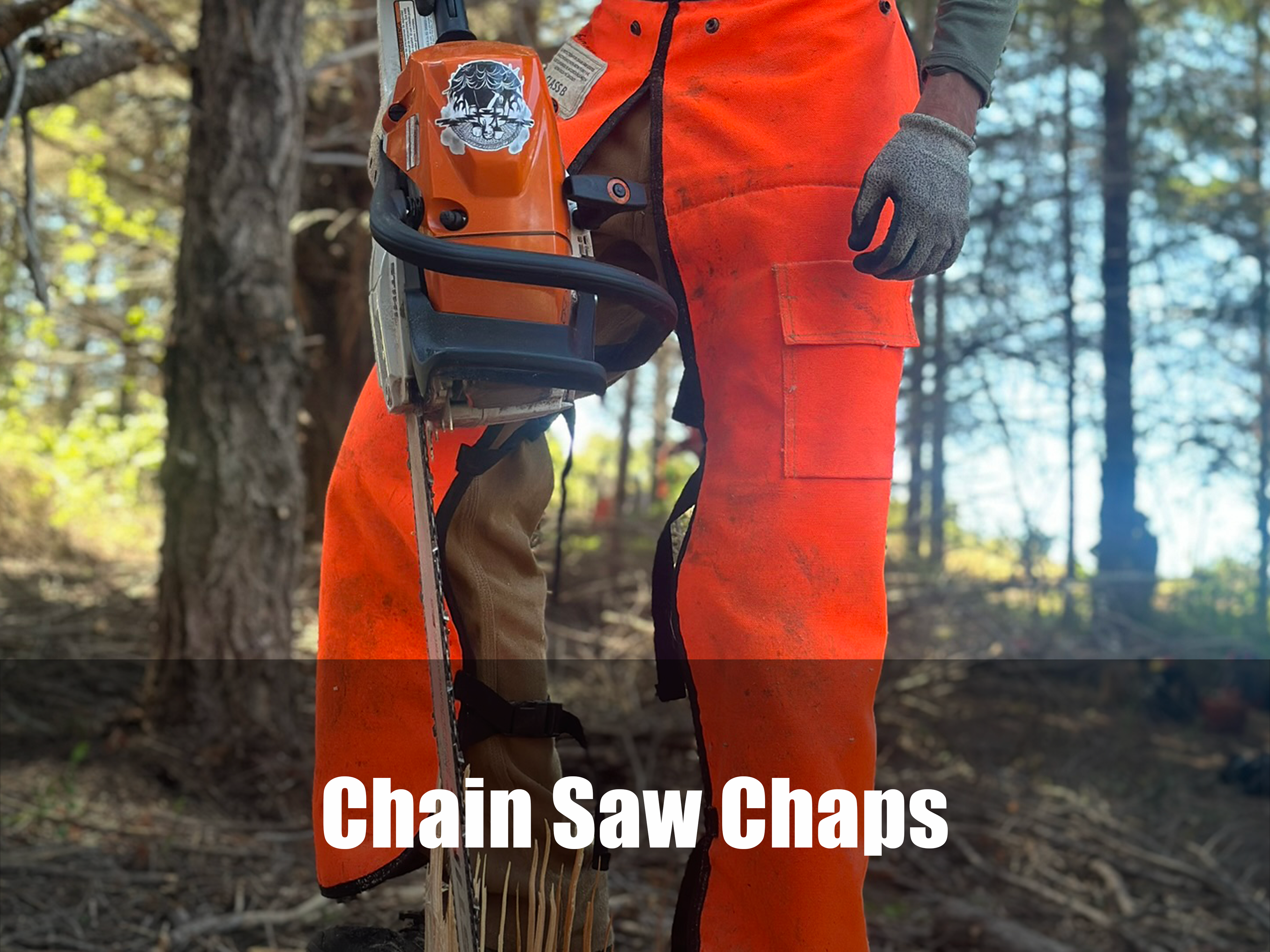
chain saw chaps
Approved chain saw chaps.
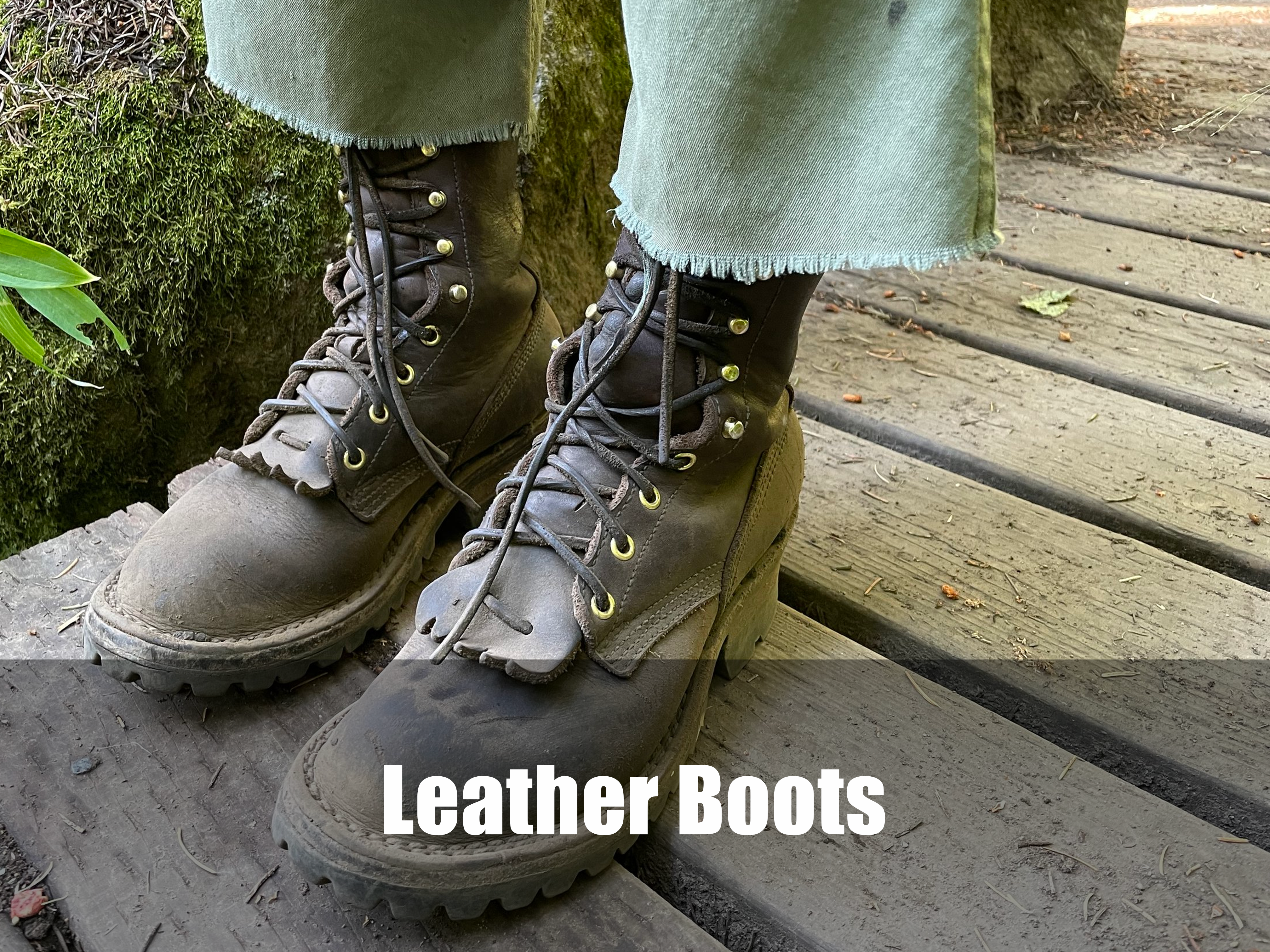
LEATHER BOOTS
Cut-resistant boots with non-slip sole (generally, leather with Vibram-sole.)

Lunch, water and snacks.
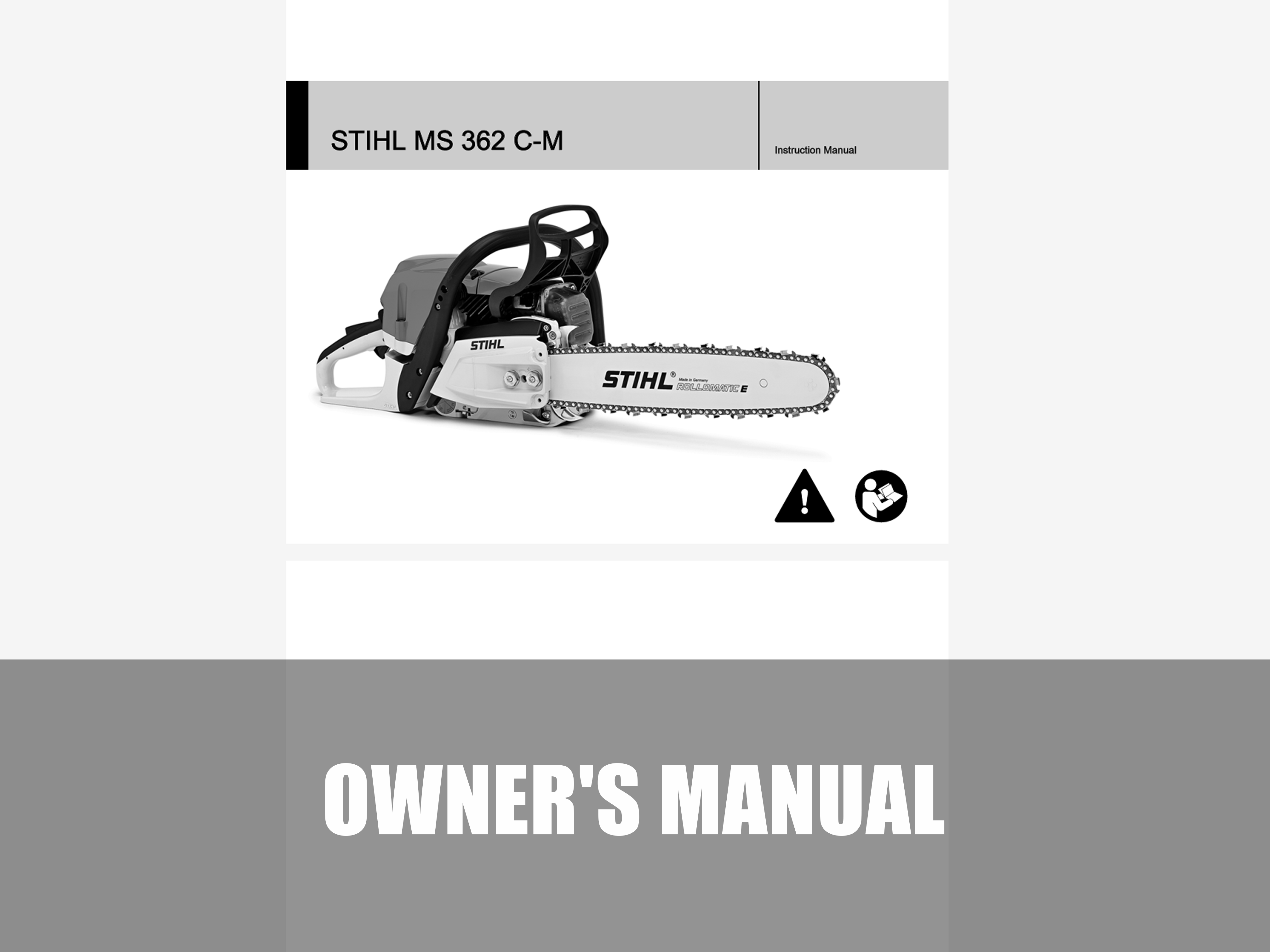
OWNERS MANUAL
Owner's manuals can be downloaded from the manufacturer websites
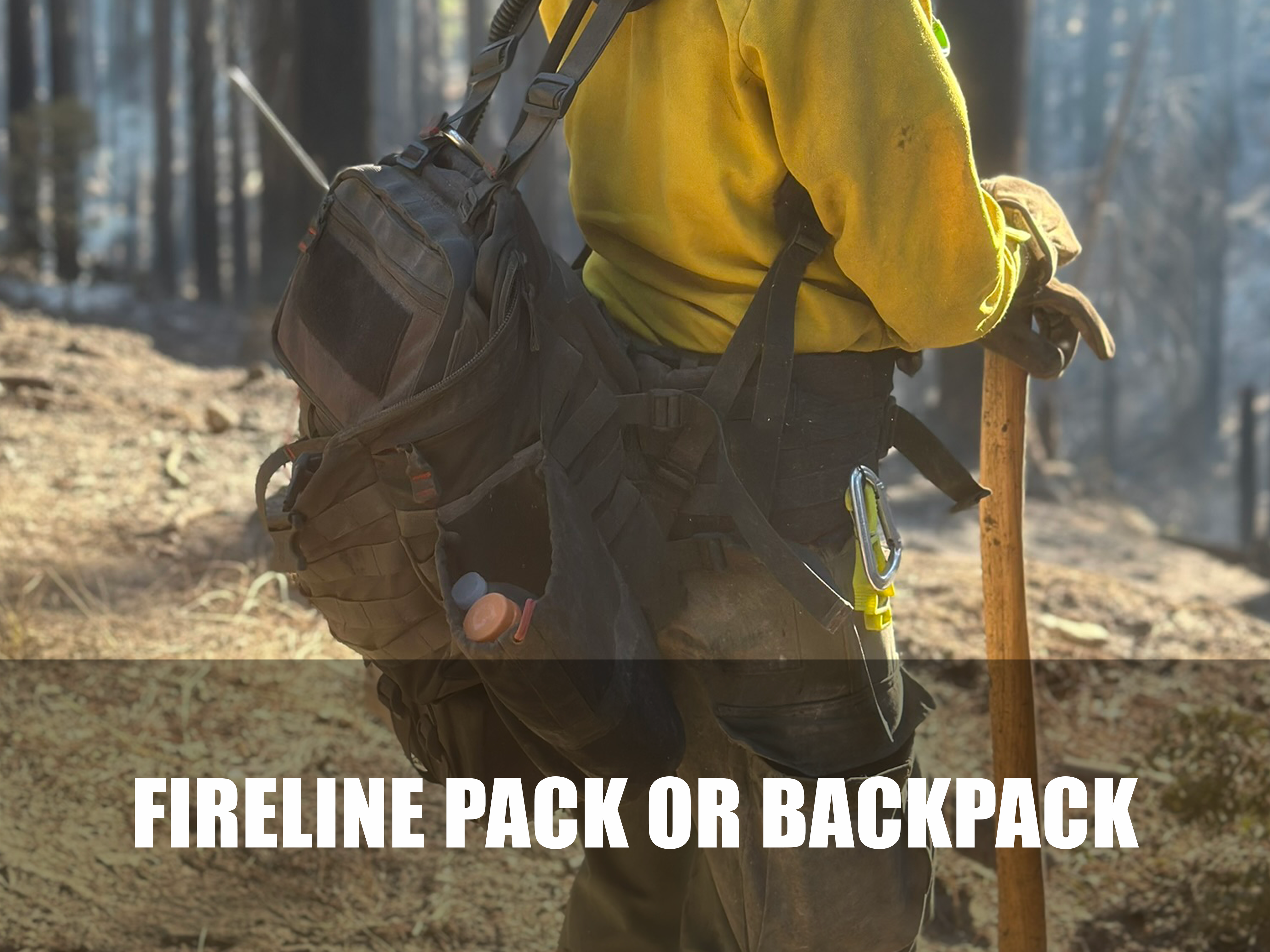
FIRELINE PACK OR BACKPACK
Day pack for field exercises

FALLING AXE, AND WEDGES
A 3-5 pound falling axe, wedges and wedge pouch.
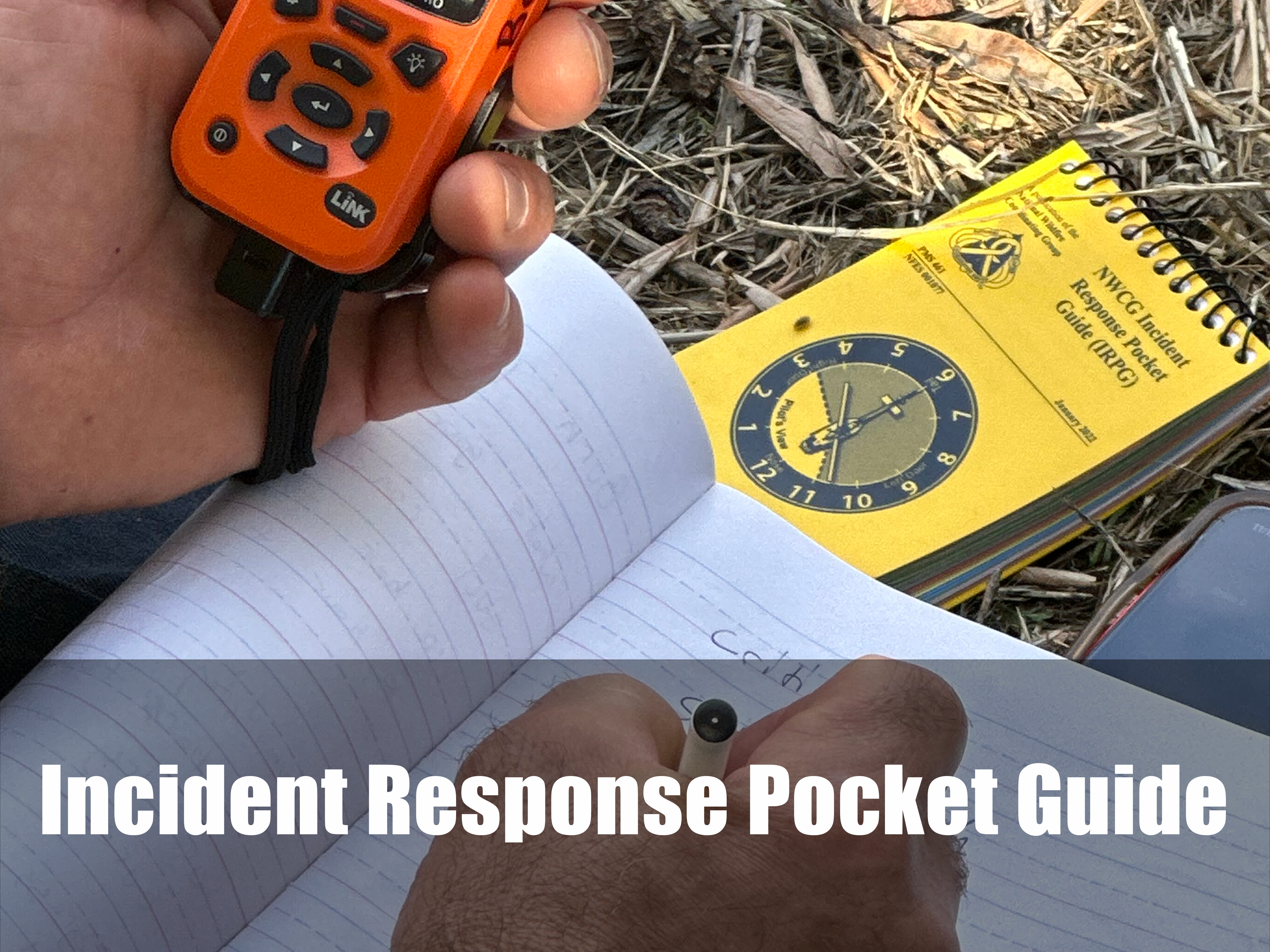
Incident Response Pocket Guide
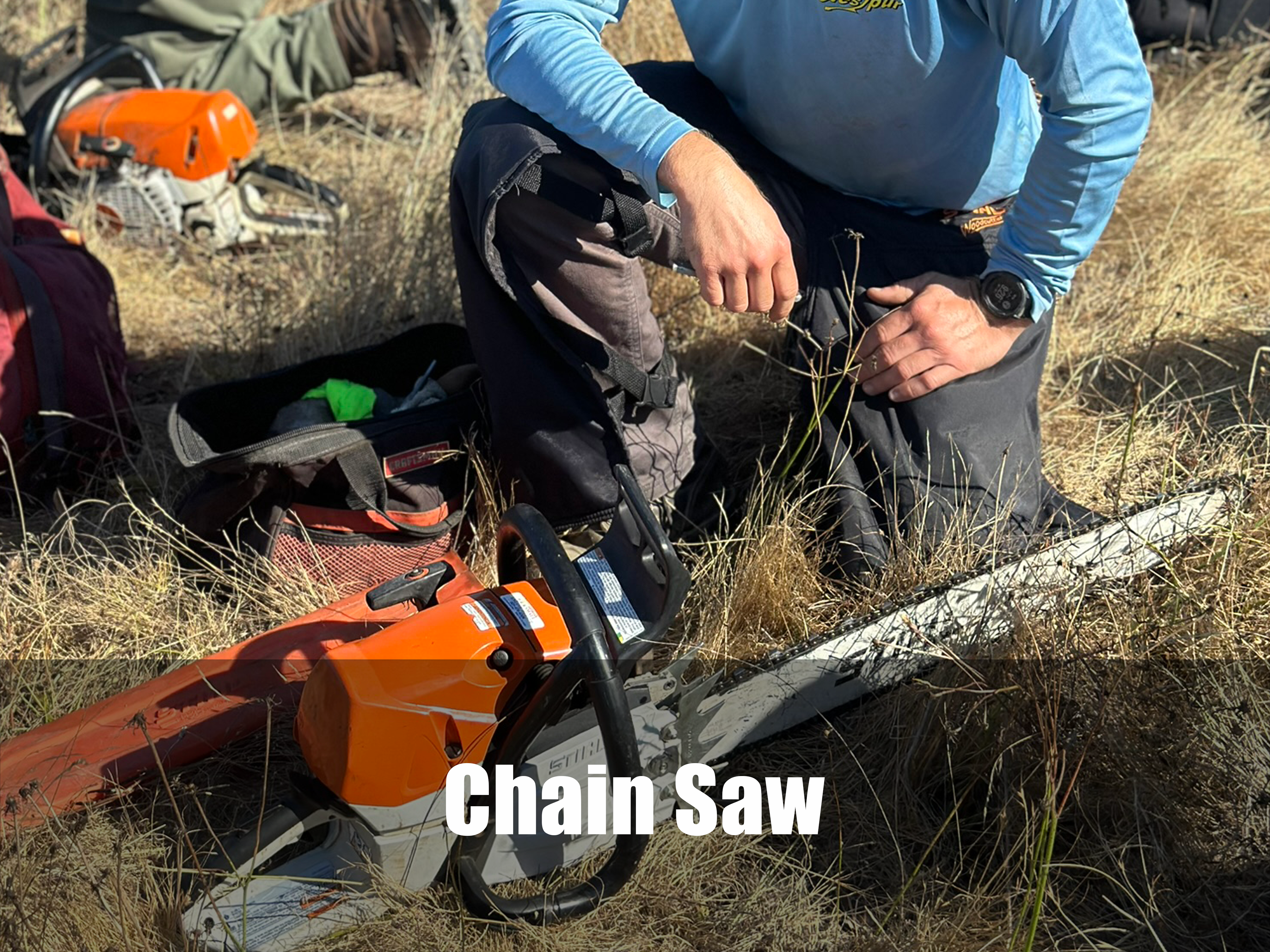
Chain Saw
A chainsaw equipped with a 20-24" guide bar in good working condition, with chain brake and saw tool kit with owner’s manual for your chain saw.
SCHEDULE FOR S-212 WILDLAND FIRE CHAIN SAWS
DAY 1
0800 - 1300
Morning Classroom Session:
Unit 0 – Introduction
Unit 1 – Safety Requirements .
Unit 3 – Fireline Construction and Mop Up
0800 - 1300
1300 - 1330
Lunch
1330 - 1800
Afternoon Classroom Session
Unit 2 – Chain Saw Parts, Maintenance, and Operation
Unit 4A – Chain Saw Tasks and Techniques: Handling, Bucking, Limbing, and Brushing and Slashing (in the classroom)
Unit 4C – Chain Saw Tasks and Techniques: Felling (in the classroom)
1330 - 1800
DAY 2
0800-0930
Morning Classroom Session:
Recap of Day 1 and Review of Key Concepts
Unit 4B – Chain Saw Tasks and Techniques: Handling, Bucking, Limbing, and Brushing and Slashing (Field Proficiency – introduction, in the classroom)
Unit 4D – Chain Saw Tasks and Techniques: Felling (Field Proficiency – introduction, in the classroom)
0800-0930
0930 - 1100
Travel To Field Location
1100 - 1330
Morning Field Session:
Overview of the Training Objectives and Goals
Safety Briefing and Equipment Check
Unit 4B – Chain Saw Tasks and Techniques: Handling, Bucking, Limbing, and Brushing and Slashing (Field Proficiency – in the field)
1100 - 1330
1300 - 1330
Lunch Break
1330 - 1700
Afternoon Field Session:
Unit 4B – Chain Saw Tasks and Techniques: Handling, Bucking, Limbing, and Brushing and Slashing (Field Proficiency – in the field)
1330 - 1700
1700 - 1800
Afternoon Field Session:
Clean Up and Saw Maintance
After Action Review
DAY 3
0800-0900
Morning Session: Introduction and Safety Procedures
Welcome and Introductions
Overview of the Training Objectives and Goals
Safety Briefing and Equipment Check
0800-0900
0900-1300
Unit 4D – Chain Saw Tasks and Techniques: Felling (Field Proficiency – in the field)
1300 - 1330
Lunch Break
1300 - 1330
1330 - 1730
Afternoon Session: Scenario-based Training
Unit 4D – Chain Saw Tasks and Techniques: Felling (Field Proficiency – in the field)
1730 - 1800
Afternoon Field Session:
Clean Up and Saw Maintance
After Action Review
1730 - 1800
UPCOMING TRAINING
RT-130, Wildland Fire Safety Training Annual Refresher
Work Capacity Test - Arduous, Moderate and Light Available
S-290: Intermediate Wildland Fire Behavior
S-212 Wildland Fire Chainsaws - Central Coast Training
Wildland Firefighter Type 2 (Blended) - Amador County
HELP US REACH OUR GOAL
Please Support Our Corporate Members
HELPING LANDOWNERS PROMOTE HEALTHY FORESTS USING "GOOD FIRE"
how you can help
LEARN MORE ABOUT PRESCRIBED FIRE AND HOW IT CAN BE USED TO PROMOTE HEALTHY FORESTS
FROM OUR BLOG
🔥 Small Teams, Big Impact: The Rise of Micro Prescribed Burn Associations Across California,...
“So You’ve Masticated Your Land for Fire Safety… Now What?” Across California, thousands of...
🔥 The Do’s and Don’ts of Pile Burning for Property Owners in California When used correctly, pile...




